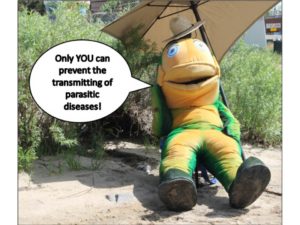Last year we saw the World Youth Fly Fishing Championships come to Colorado. This year, the adults came to compete on the waters in Colorado's Eagle Valley. Team USA finished in third place, earning a bronze medal after catching 289 fish. While France (302 fish) and Spain (293 fish) won Gold and Silver, respectively. Throughout the event, 3,802 total fish were caught and safely released.
USA team member, Lance Egan placed with the individual bronze medal with 60 fish caught.
The teams fished on sections of the Blue River, Eagle River, and Colorado River. As well as one "loch" sector at Sylvan Lake state park. "Loch means lake and signifies still water fishing. Anglers fish in pairs on drift boats," according to the FIPS website. "The term “loch-style” is used to describe a method of still water fishing where the flies are cast, presented, and retrieved ahead of the drift of a boat, as it’s blown across the surface of a lake."
Teams were allowed practice sessions in the three days prior to the event starting to get a feel for the water, fish, and tactics to use while on the water.
The event also featured a conservation symposium, hosted by Colorado Trout Unlimited and sponsored by Eagle Valley TU. The symposium featured a screening of Patagonia's Dam Nation Film. Following the film was a speakers panel, including representatives from CTU and Colorado Parks and Wildlife, that talked about different conservation issues going on in Colorado and throughout the United States.
Colorado Trout Unlimited is a proud sponsor of Team USA Fly Fishing and is proud of the team's accomplishments and achievements during the Fly Fishing Championships in Vail.






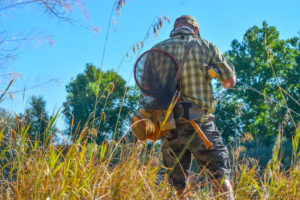 For the last 10 years, Denver Trout Unlimited has hosted the
For the last 10 years, Denver Trout Unlimited has hosted the  Chris Galvin, defending champion, hooked into one of the Mile High Stadium carp under the I-25 bridge and carefully moved it downstream in order not to disturb the pod. Ten minutes later, he tricked another for a masterful 2 fish within a few minutes. He added another only ten minutes before the morning session ended to take the lead going into the lunch break at Black-Black Cafe.
Chris Galvin, defending champion, hooked into one of the Mile High Stadium carp under the I-25 bridge and carefully moved it downstream in order not to disturb the pod. Ten minutes later, he tricked another for a masterful 2 fish within a few minutes. He added another only ten minutes before the morning session ended to take the lead going into the lunch break at Black-Black Cafe. Second place was snatched by Trevor Tanner and Kyle Richards. Third place went to the team of Frank Smethurst and rookie Vernon Naake with 3 fish for 70.38 inches.
Second place was snatched by Trevor Tanner and Kyle Richards. Third place went to the team of Frank Smethurst and rookie Vernon Naake with 3 fish for 70.38 inches.
 More than a century ago, John Muir extolled the virtues of wild nature as a place of renewal for city folk: “Thousands of tired, nerve-shaken, over-civilized people are beginning to find out that going to the mountains is going home; that wildness is a necessity; and that mountain parks and reservations are useful not only as fountains of timber and irrigating rivers, but as fountains of life.”
More than a century ago, John Muir extolled the virtues of wild nature as a place of renewal for city folk: “Thousands of tired, nerve-shaken, over-civilized people are beginning to find out that going to the mountains is going home; that wildness is a necessity; and that mountain parks and reservations are useful not only as fountains of timber and irrigating rivers, but as fountains of life.”
 opposed to the Superfund program, now supports the listing along with local communities and law makers. “I’m hopeful that with this designation the EPA will continue to collaborate with local, tribal and state officials and work to protect the local economy, maximizing local employment opportunities where possible, and providing adequate funding to ensure the cleanup begins as quickly as possible,” said US Rep. Scott Tipton.
opposed to the Superfund program, now supports the listing along with local communities and law makers. “I’m hopeful that with this designation the EPA will continue to collaborate with local, tribal and state officials and work to protect the local economy, maximizing local employment opportunities where possible, and providing adequate funding to ensure the cleanup begins as quickly as possible,” said US Rep. Scott Tipton.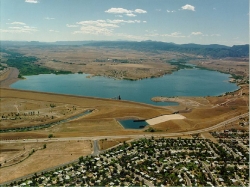 It was
It was 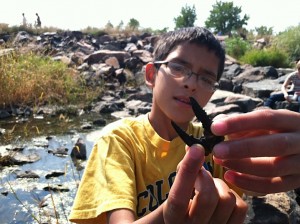 Projects like Stream Explorers have also helped the South Platte by teaching students about the river and how it is used for both human and aquatic needs. Learning how a city can impact the health of a river and how the river plays such a vital role to our way of life is important to teach to the next generation of river stewards.
Projects like Stream Explorers have also helped the South Platte by teaching students about the river and how it is used for both human and aquatic needs. Learning how a city can impact the health of a river and how the river plays such a vital role to our way of life is important to teach to the next generation of river stewards.
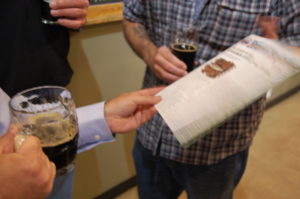
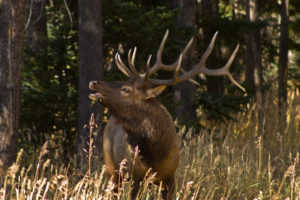
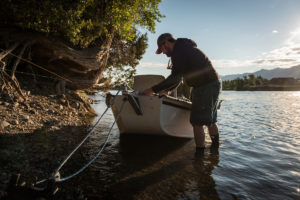 It is believed that the parasite causing the fish kill was introduced to the river by people and FWP along with Montana TU and its chapters are urging people to keep their gear cleaned. "Now that the parasite (Tetracapsuloides bryosalmonae) is in the Yellowstone and infecting fish, the main priority is eliminating additional stressors on those fish and preventing it from spreading to other rivers," said David Brooks,
It is believed that the parasite causing the fish kill was introduced to the river by people and FWP along with Montana TU and its chapters are urging people to keep their gear cleaned. "Now that the parasite (Tetracapsuloides bryosalmonae) is in the Yellowstone and infecting fish, the main priority is eliminating additional stressors on those fish and preventing it from spreading to other rivers," said David Brooks, 